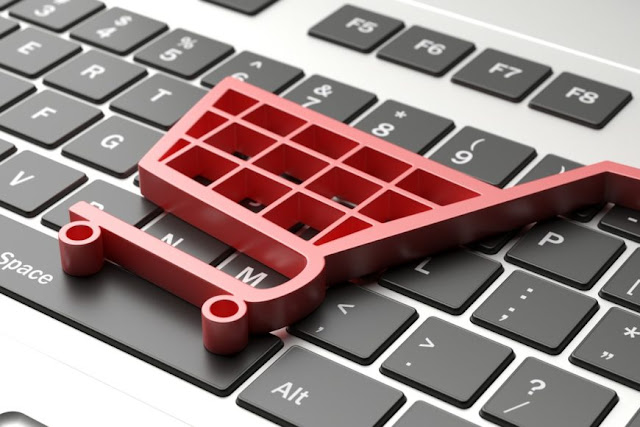Checkout Page
optimization is one of the underrated processes in e-commerce website design
but the most effective ways to drive more conversions and sales. Today more
than 70% of the shoppers abandon the cart after facing various problems during
the checkout process.
So the question is why
users abandon the cart during the checkout process?
Most of the eCommerce
websites focus on optimizing their website appearance, navigation, product
appearance, site experience, and more. Yes, these are important aspects of a
successful eCommerce
website design.
Because when shopper
lands on your eCommerce website, your first impression will encourage them to
explore more products and services. But if you want them to make a successful
purchase then you need to have an optimized checkout page.
Checkout page
optimization reduces the chances of losing customers and sales. Don’t worry you
don’t have to buy any tools or software to optimize your checkout pages. We
will help you to resolve the issue of abandonment cart. It can be easily
resolved by making small changes to your checkout page.
In this article, we
will help you to determine, the difference between one-page checkout and a
multi-step checkout page, and different ways to optimize the checkout page to
drive more conversion and sales.
If you are looking to
reduce post-purchase dissonance of your eCommerce website users then check our
blog on 6
Efficient Tips To Reduce Post-Purchase Cognitive Dissonance
What is a Checkout Page?
It refers to the pages
on the eCommerce website that appear during the customer’s final product
purchase. The eCommerce checkout page is similar to the physical checkout that
most of us do in the physical store. But in eCommerce checkout page customer
provides shipping address and personal details.
Checkout pages are
categorized into two parts: one-page checkout and multi-page checkout. So let’s
dive in and see what is one-page and multi-page checkout and which is better
for an eCommerce website.
One page vs Multi-Step Checkout Page
From the terms, you
can easily identify that one step checkout includes all the necessary elements
like billing, shipping address, payment info, and more on the same page. And
allows users to complete the checkout process on the same page. Whereas
Multi-step checkout has different checkout pages for different elements. In
recent years, a one-step checkout process has started to grab many eCommerce
site owner’s attention. So let’s dive in and see what’s the advantage of using
One page and Multi-step checkout process.
One Page Checkout Advantage
- Compared to Multistep its faster. Using One-page checkout for an
e-commerce website doesn’t reduce the checkout process elements but it’s on a
single page which makes it easy for the user to fill all the details and saves
time.
- It allows you to persuade the user by offering fewer checkout elements on the same page. Ecommerce is all about offering a satisfactory experience to the user. One-step checkout process allows the user to know how many steps they have to fill to complete the purchase. Fewer steps encourage them to complete the purchase and visit again on your website.
- Offers Navigation less experience. As all the checkout elements are on
the same page, your visitor doesn’t have to navigate to other pages to changes
or edit their information all can be done on the same page (sounds persuading
right?)
Multi-Step Checkout
Process Advantage:
- It allows you to collect data from users. The multi-step checkout process allows you to collect user data in different steps. Even if your customer fails to make a purchase then also you will be having their data like email to contact them. For example, if your first page is about asking the user to offer their email address and on the next page you customer abandons checkout process, you will still have his/her email address to send abandoned cart email.
- In multistep checkout, you don’t have to focus on design and add too many UI elements to grab their attention. Users know that it is meant for collecting their details like shipping addresses, personal details, and more so they don’t expect too many design elements. Instead, a simple layout with minimalistic design can be more effective.
How To Improve Checkout Page Conversion?
1. Get your site visitors Email Address
Most of the eCommerce
website owners think once their visitor adds the product they will surely make
the purchase. If you are among them then its time for the reality check. In
reality, only a few customers make a successful purchase after adding the
product into the cart or into your check out page. Read more on
Contact Details:
213-277-9177
Other Blogs Link:

No comments:
Post a Comment